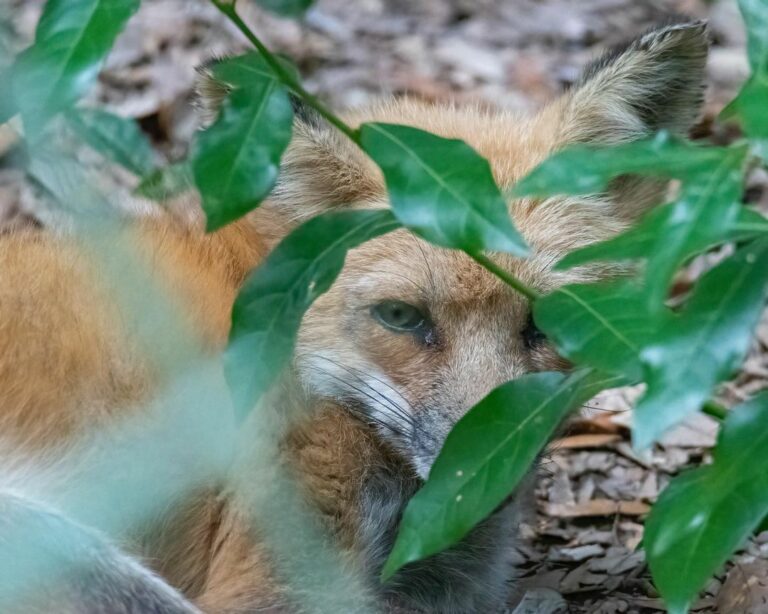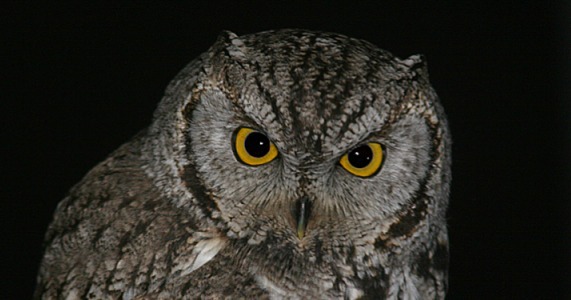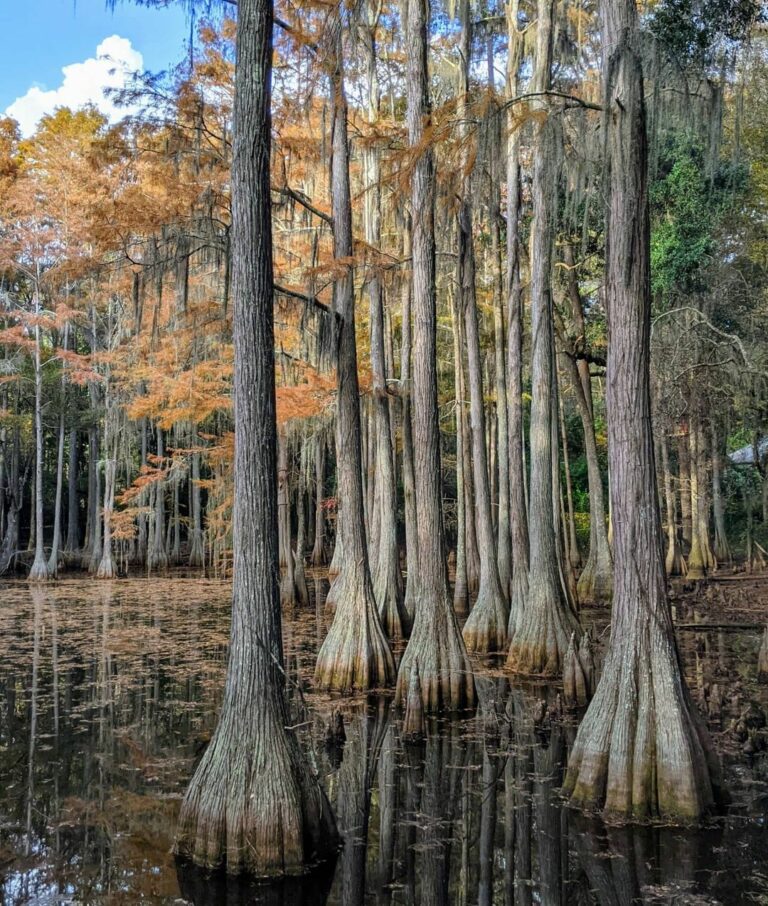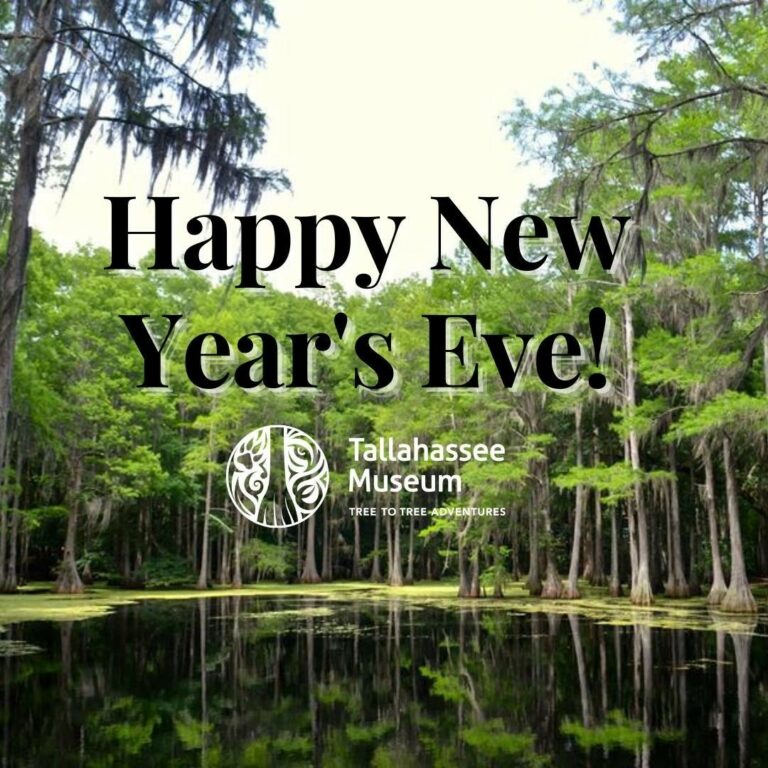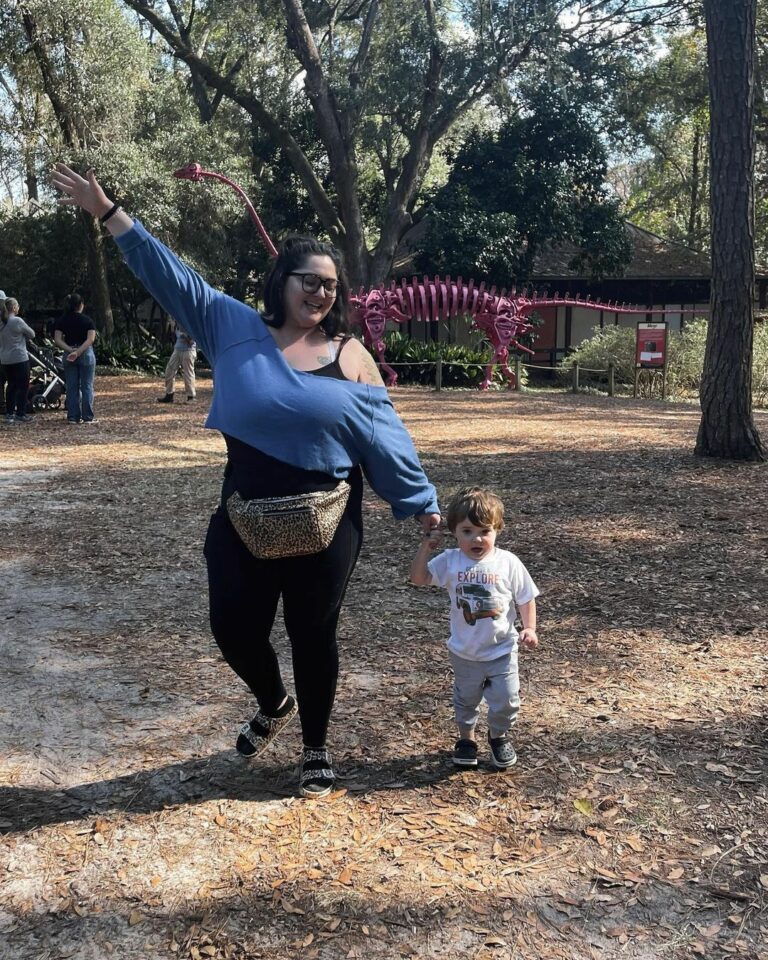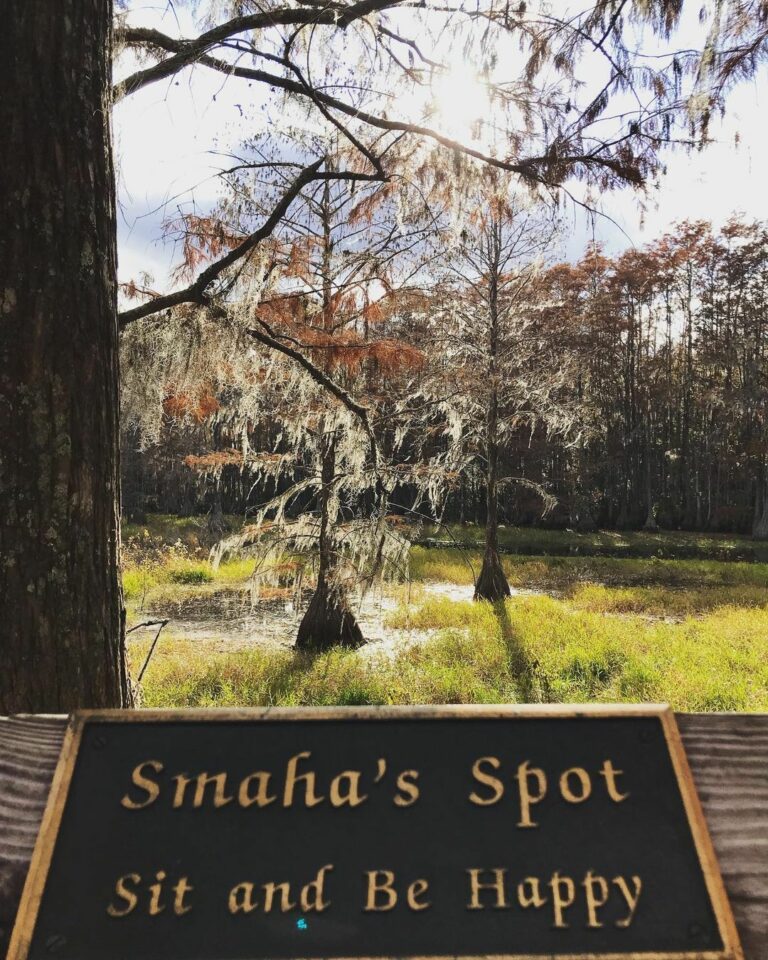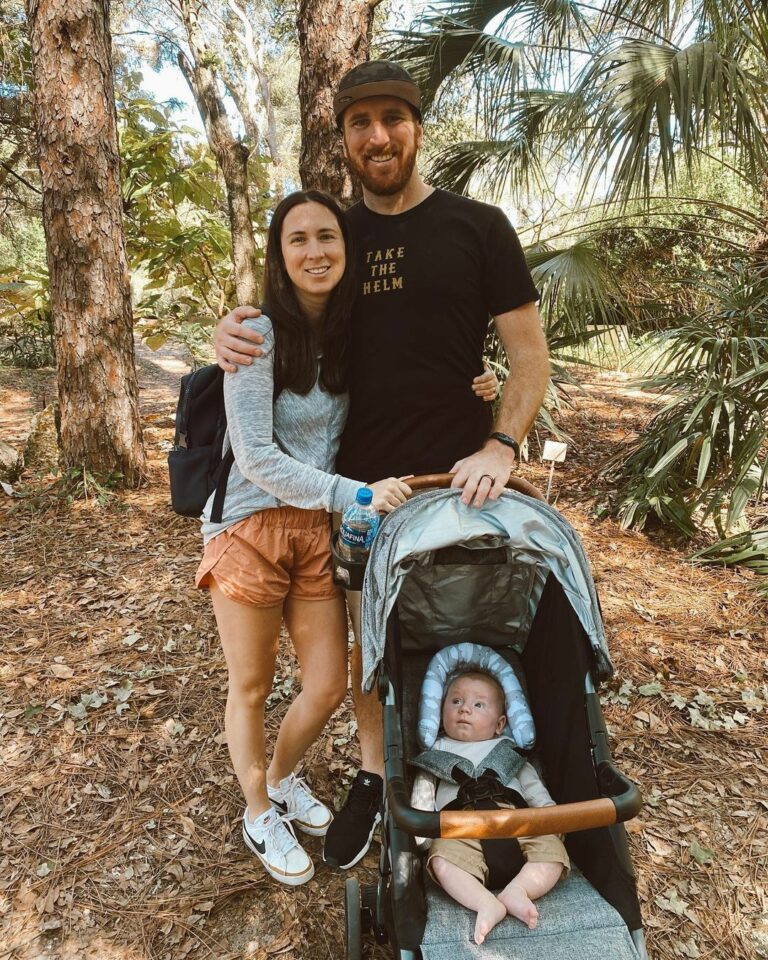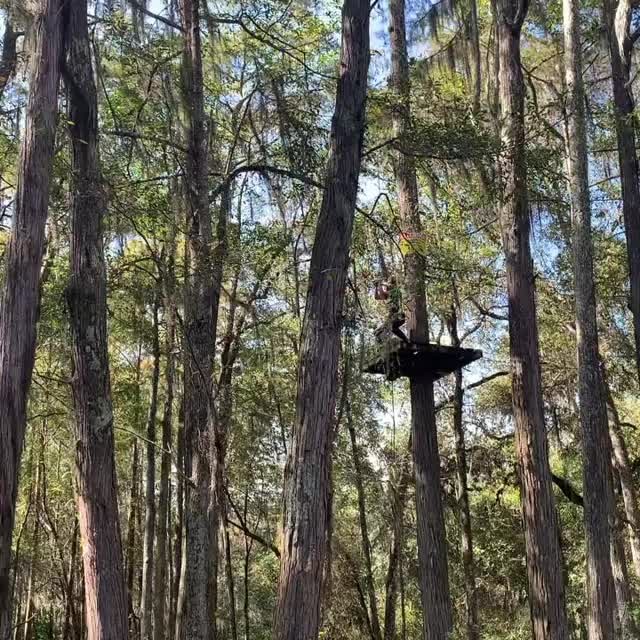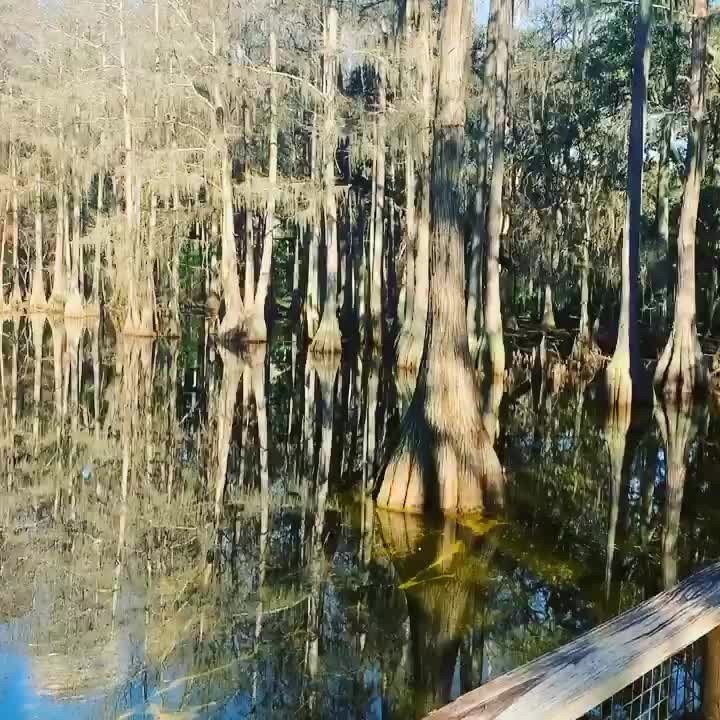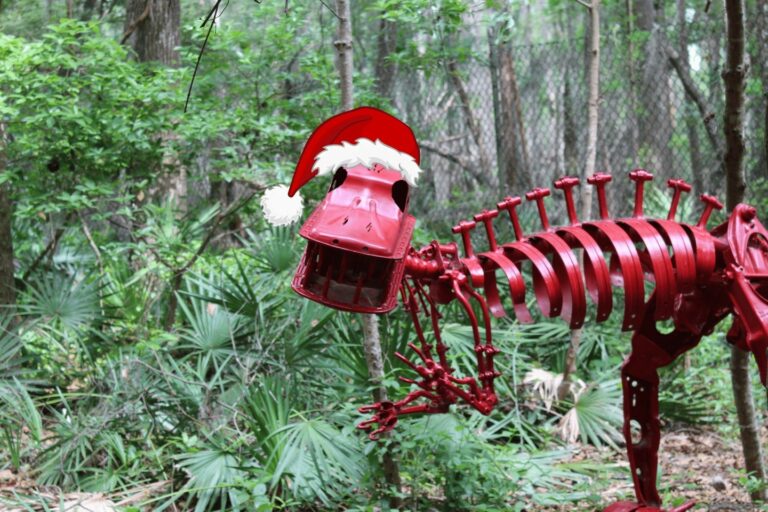Step back in time as you pass through the doors of our historic buildings reminiscent of southern living in years past – Bellevue plantation house, Bethlehem Missionary Baptist Church, Seaboard Airline Caboose, and Concord Schoolhouse. Each structure represents a community function through which the residents created a sense of purpose and sense of place for themselves and their children.
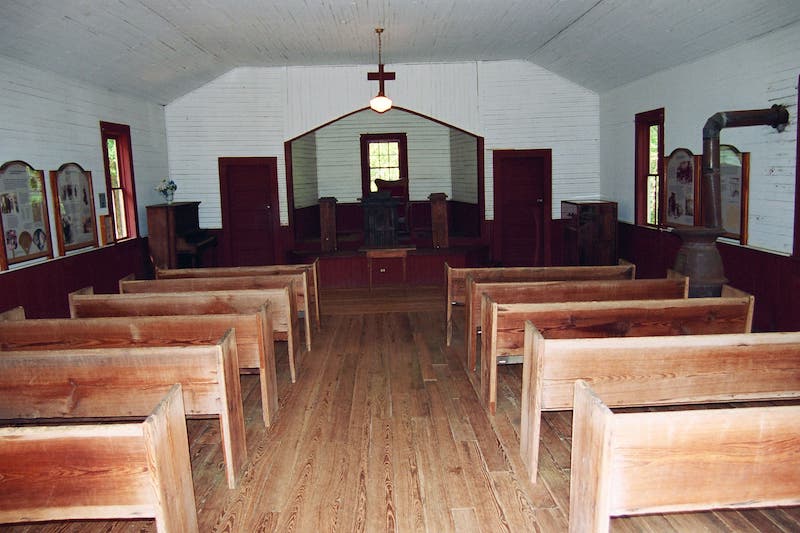 Bethlehem Missionary Baptist Church
Bethlehem Missionary Baptist Church
Established in 1851, Bethlehem Missionary Baptist was the first regularly organized black church in the State of Florida. In 1937, the congregation rebuilt the church using many of the original’s hand hewn timbers. The church was moved to the Tallahassee Museum and conserved as a Bicentennial project of Florida A & M University.
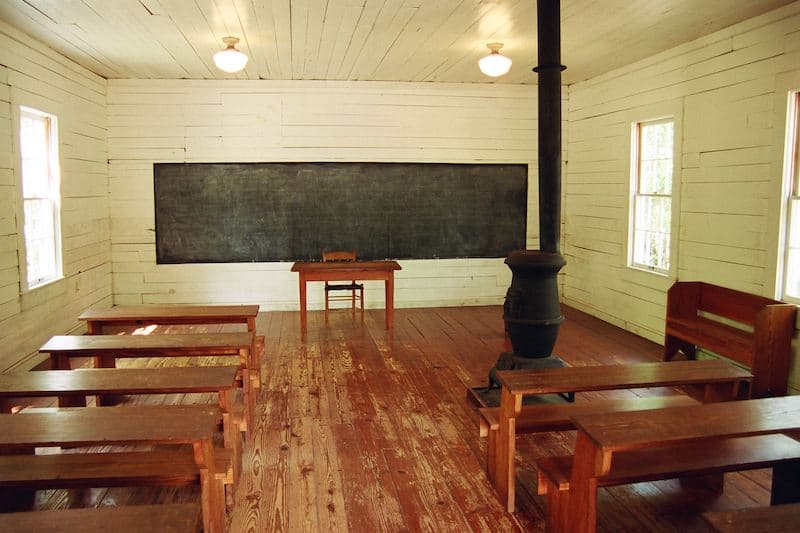
The Concord Schoolhouse
The Concord School came into existence in the late 1870s during Reconstruction when most southern communities, assisted by the Freedmen’s Bureau and the churches, established local schools for the children of former slaves. Originally located near the town of Miccosukee in Leon County, the school probably met in the Miccosukee A.M.E. church until this building was constructed in 1897.
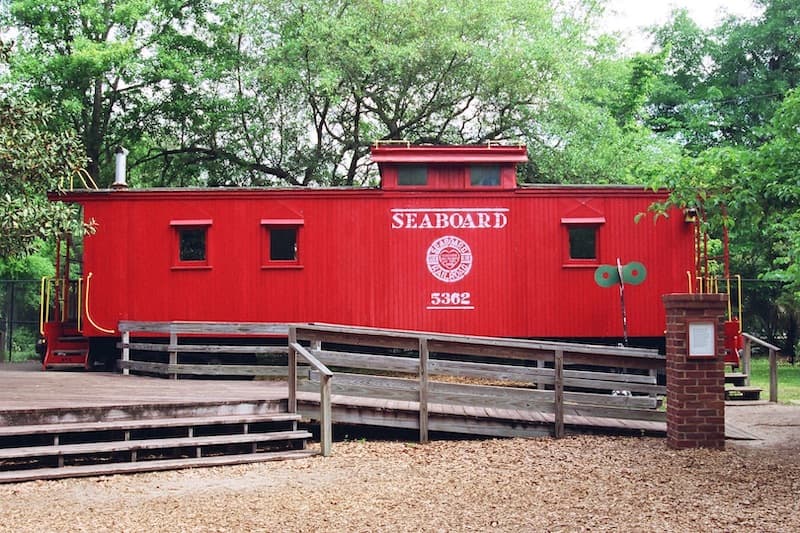
Seaboard Airline Caboose
From the era of Jim Crow through the Civil Rights movement, the Seaboard railroad crossed North Florida, supporting the growth of rural communities as it moved cash crops from field to market. Climb into the cupola and imagine life on the rails as a brakeman or conductor in the 1920s caboose!
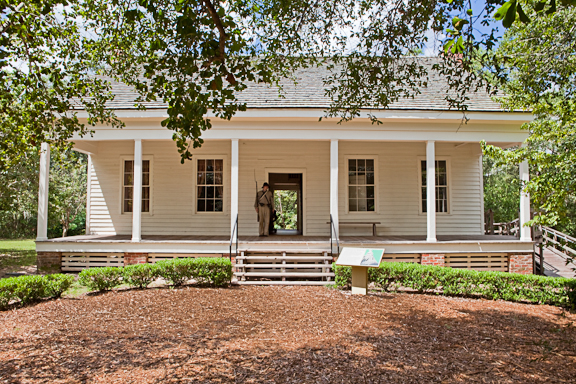
Bellevue Plantation
Catherine Murat, born a Virginian, moved to Florida with her parents where she met and married a Frenchman, Achille Murat, nephew of Napoleon. Related to George Washington by birth, she became a French princess by marriage. She lived at Bellevue from 1854 to 1867 and owned twenty-five enslaved descendants of Africans. The enslaved worked in the cotton fields, provided skilled labor, and tended to the cooking. Explore these contrasting plantation communities at Bellevue’s house, kitchen, and slave cabin.

